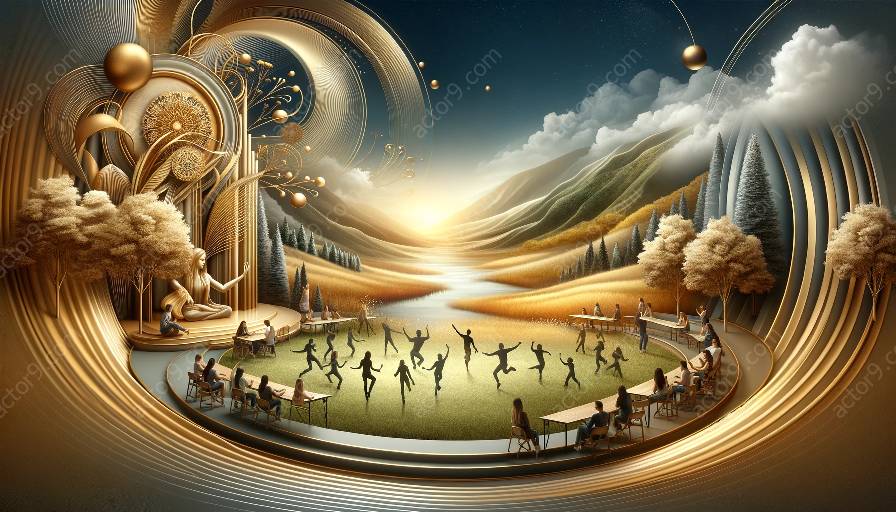Introduction to Physical Theatre and Technology in Education:
Physical theatre refers to a form of performance that emphasizes physical movement, expression, and storytelling without relying heavily on spoken language. It is an experiential and immersive art form that transcends traditional theatrical conventions. When integrated into educational practices, physical theatre offers a dynamic platform for learning and self-expression. Additionally, advances in technology have significantly impacted the pedagogy of physical theatre, creating new possibilities for enhancing the educational experience.
Enhancing Learning through Physical Theatre:
Physical theatre in education encourages students to engage with their bodies, emotions, and imagination. By participating in physical theatre activities, students can develop key skills such as creativity, communication, and problem-solving. Moreover, physical theatre fosters a sense of collaboration and empathy, as students work together to create performances that convey meaningful narratives.
The Role of Technology in Physical Theatre Education:
Technology serves as a complementary tool in the teaching and learning of physical theatre. From video analysis of movement to digital storytelling platforms, technology offers various resources for students to explore and refine their physical and expressive abilities. Virtual reality (VR) and augmented reality (AR) also present exciting opportunities for students to immerse themselves in virtual performance environments, expanding their understanding of physical presence and space.
Interactive Learning Experiences:
By integrating technology with physical theatre, educators can design interactive learning experiences that merge the tactile nature of physical movement with the digital capabilities of modern tools. For example, students can use motion-capture technology to analyze and refine their gestures and expressions, gaining a deeper insight into the nuances of physical performance. Additionally, online platforms and digital resources provide avenues for students to collaborate and share their physical theatre creations, transcending geographical boundaries.
Empowering Expression and Inclusivity:
Through the integration of technology, physical theatre education can become more accessible and inclusive. For students with physical disabilities, adaptive technologies and digital resources can enable them to participate fully in physical theatre activities, fostering a sense of empowerment and belonging. Furthermore, technology allows educators to incorporate diverse cultural and historical perspectives into physical theatre curricula, broadening students' understanding of the art form.
Conclusion:
Physical theatre and technology are interconnected in educational practices, presenting opportunities for enriched learning experiences and expanded creative possibilities. By embracing the synergy between physical performance and technological tools, educators can nurture a holistic approach to teaching physical theatre, equipping students with essential skills for self-expression, collaboration, and adaptability in a technology-driven world.




































